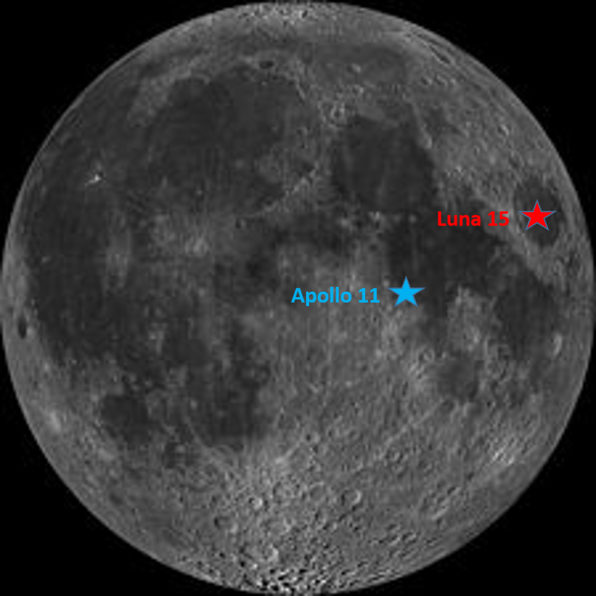foghorn
Valued Senior Member
Alex, I have found the following free book which you may find interesting.I am already a full on totally suspicious of each and every claim made by every human
What do you think of this free book by: Paolo Attivissimo
I’m Paolo Attivissimo, a British-Italian science journalist specialized in research into conspiracy theories, hoaxes and urban legends
From book hereWouldn’t the camera films have melted or frozen on the Moon?
IN A NUTSHELL: No. Temperature extremes refer to the lunar surface, from which the films were insulated by vacuum. In any case they were not reached during the Apollo missions, which landed on the Moon shortly after the beginning of the two-week-long lunar day at the landing sites, when ground temperatures were far lower. The films were also a heat-resistant type used for high-altitude reconnaissance and the cameras were treated to reflect the heat from direct exposure to the Sun, which is comparable with the heat from sunlight on a mountaintop on Earth.
Index
https://www.moonhoaxdebunked.com/
From hereHow come the Van Allen radiation belts didn’t kill the astronauts?
IN A NUTSHELL: Because these belts are not as deadly as they’re often made out to be and also because they’re belts, so you can fly around them. Russian spaceflights flew animals through them without problems. NASA also conducted sensor-laden uncrewed test flights to measure the effectiveness of the shielding of the Apollo command module. The trajectories of all the moonshots were calculated to fly around the core of these donut-shaped belts and pass rapidly through their less intense outer portions. The astronauts on the International Space Station periodically pass through parts of these belts and they don’t die.
Here James Van Allen replies to an e-mail. Asking about travel through the belts.
From the free book
Dear Mr. Lambert,
In reply to your e-mail, I send you the following copy of a response that I wrote to another inquiry about 2 months ago --
- The radiation belts of the Earth do, indeed, pose important constraints on the safety of human space flight.
- The very energetic (tens to hundreds of MeV) protons in the inner radiation belt are the most dangerous and most difficult to shield against. Specifically, prolonged flights (i.e., ones of many months' duration) of humans or other animals in orbits about the Earth must be conducted at altitudes less than about 250 miles in order to avoid significant radiation exposure.
- A person in the cabin of a space shuttle in a circular equatorial orbit in the most intense region of the inner radiation belt, at an altitude of about 1000 miles, would be subjected to a fatal dosage of radiation in about one week.
- However, the outbound and inbound trajectories of the Apollo spacecraft cut through the outer portions of the inner belt and because of their high speed spent only about 15 minutes in traversing the region and less than 2 hours in traversing the much less penetrating radiation in the outer radiation belt. The resulting radiation exposure for the round trip was less than 1% of a fatal dosage - a very minor risk among the far greater other risks of such flights. I made such estimates in the early 1960s and so informed NASA engineers who were planning the Apollo flights. These estimates are still reliable.
- The recent Fox TV show, which I saw, is an ingenious and entertaining assemblage of nonsense. The claim that radiation exposure during the Apollo missions would have been fatal to the astronauts is only one example of such nonsense.
James A. Van Allen.
Here's NASA Astronaut Don Pettit's blog page, talking about Cosmic Rays and equitment in space.
From here
cosmic rays bombard us within Space Station, penetrating the hull almost as if it was not there. They zap everything inside, causing such mischief as locking up our laptop computers and knocking pixels out of whack in our cameras. The computers recover with a reboot; the camera as suffer permanent damage. After about a year, the images they produce look like they are covered with electronic snow. Cosmic rays contribute most of the radiation dose received by Space Station crews. We have defined lifetime limits, after which you fly a desk for the rest of your career. No one has reached that dose level yet.




